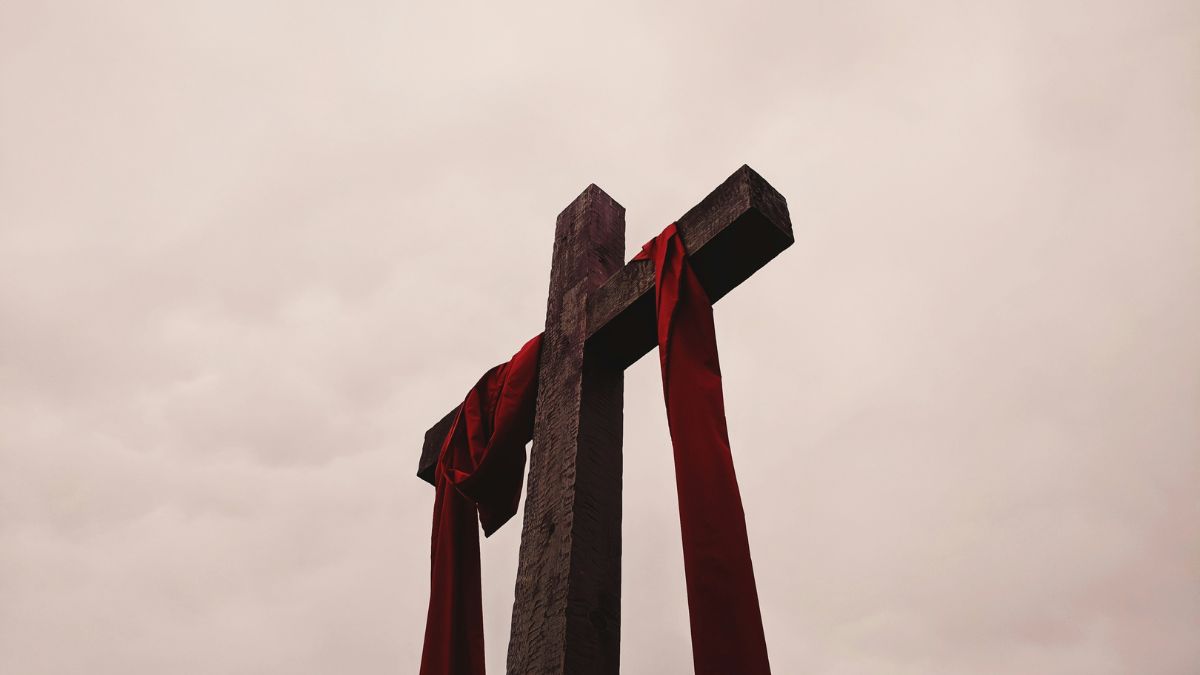

BreakPoint
Standing on Dangerous Ground
Sixteen-year-old Shaun Gerena's body was found outside a grocery store in his neighborhood in Brooklyn. Neither his murderer nor the gun that killed him were found. Still, Shaun's mother, Gladys, can identify at least one party who should be held accountable for Shaun's death: gun manufacturers. That's why she is a participant in a lawsuit whose potential impact goes far beyond the gun debate. The lawsuit was filed by the NAACP against 165 gun manufacturers and distributors on behalf of "those whose interests the [NAACP] represents" -- in other words, every African-American in the country. The lawsuit cites alleged "negligent marketing practices" that have led to "disproportionate numbers of injuries, deaths, and other damages" among African-Americans. The NAACP is not seeking monetary damages. Instead, it is asking for "injunctions that would place sweeping restrictions on buyers and sellers of handguns." If the case is allowed to proceed, even if the NAACP loses, it will change the face of federal jurisprudence. Allowing the NAACP to sue gun manufacturers on behalf of all African-Americans means that anyone has "standing" to sue anyone over anything. That's the conclusion drawn by Walter Olson of the Manhattan Institute and the author of the book The Rule of Lawyers. By "standing" he means the right to file a lawsuit. The Constitution limits that right to those with a concrete and particular legal interest, whose interest has been injured or threatened. Only they have standing. This requirement was in keeping with the founders' view of the courts as places where disputes between parties are adjudicated and not where laws and social policy are made. It is why Alexander Hamilton called the judiciary the "least dangerous branch" of government. Not anymore: Since the early sixties, federal courts have been acting as "super-legislatures," creating rights that aren't found in the Constitution and substituting their judgment for that of our elected representatives. At the heart of this activism has been a willingness to re-write the requirements for legal standing. Before the Court could create the right to an abortion in Roe, for example, it first had to get around the fact that, by the time it delivered its opinion, Jane Roe would no longer be pregnant and, thus, would not have standing. So it created a unique exception in the case of abortion. Similarly, in its church-state jurisprudence, the Court had to create an exception to the rule that merely being a taxpayer doesn't grant a plaintiff standing to challenge government actions. This exception is why Americans United can bring suit against Prison Fellowship's InnerChange program in Iowa. Watering down the requirements for standing and allowing a group to file a suit on behalf of an entire race subverts the founders' intentions for the courts. In the current legal climate, plaintiffs are lobbyists, and judges are legislators. What's happening in Brooklyn is another reminder of the importance of appointing judges who will interpret, not expand, the Constitution. While ideas like standing may seem abstract and academic, they have a real-world impact that can turn the judiciary into the most dangerous branch of all. For further reading and information: "House passes bill to block gun lawsuits," Baltimore Sun, 10 April 2003. Anthony M. DeStefano, "NAACP Prez Blasts Gun Industry," Newsday, 3 April 2003. Walter K. Olson, "Gun Lawsuit Meets Activist Judge," New York Sun, 26 March 2003. Walter K. Olson, The Rule of Lawyers: How the New Litigation Elite Threatens America's Rule of Law(Truman Talley Books/St. Martin's, 2003). Visit Walter Olson's website, http://www.theruleoflawyers.com. Also visit http://www.OverLawyered.com. Alexander Hamilton, "The Judiciary Department," The Federalist No. 78. BreakPoint Commentary No. 030121, "Dismembering the Law: The Rise of 'Antijural Jurisprudence.'" BreakPoint Commentary No. 030214, "The Risk of Doing Good: Lawsuits and Faith-Based Solutions." Thomas L. Jipping, "Legislating from the Bench: The Greatest Threat to Judicial Independence," South Texas Law Review 43, no. 1 (winter 2001). (Free Adobe Acrobat Reader required.) Mitch Muncy, ed., The End of Democracy?: The Judicial Usurpation of Politics (Spence, 1997).
04/15/03















